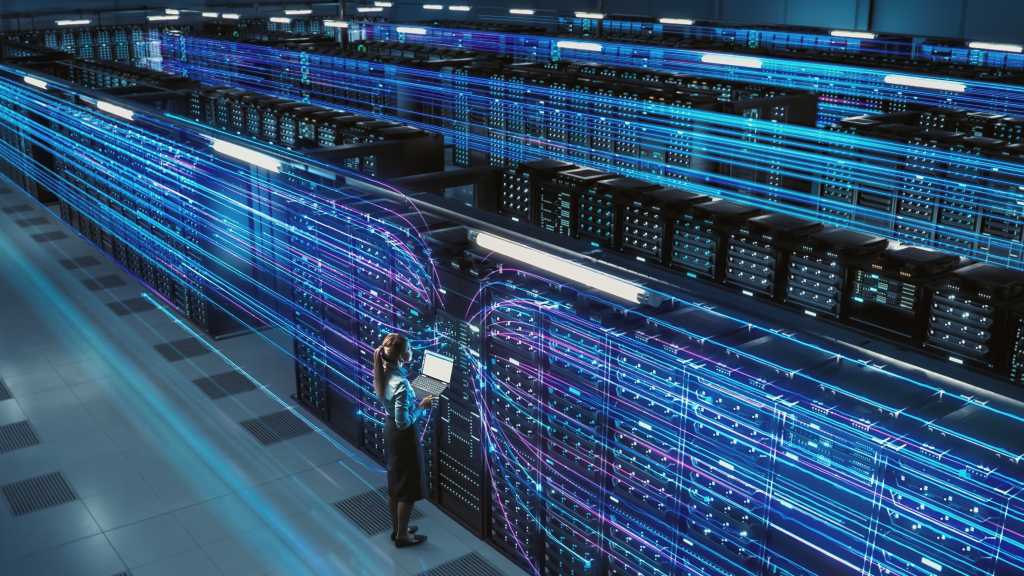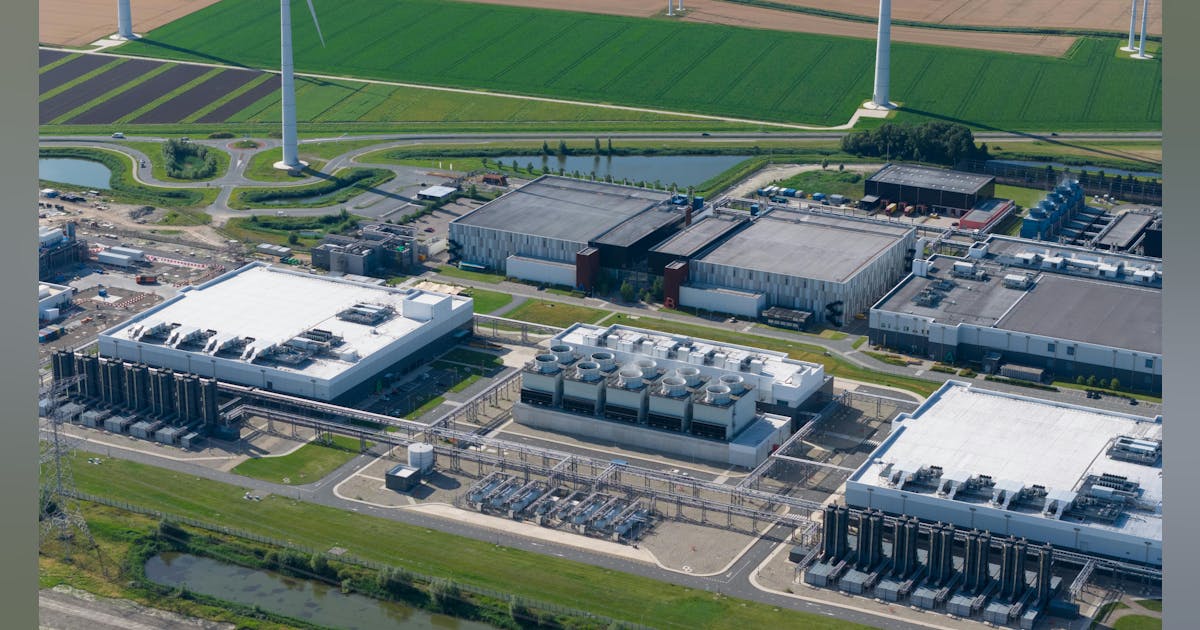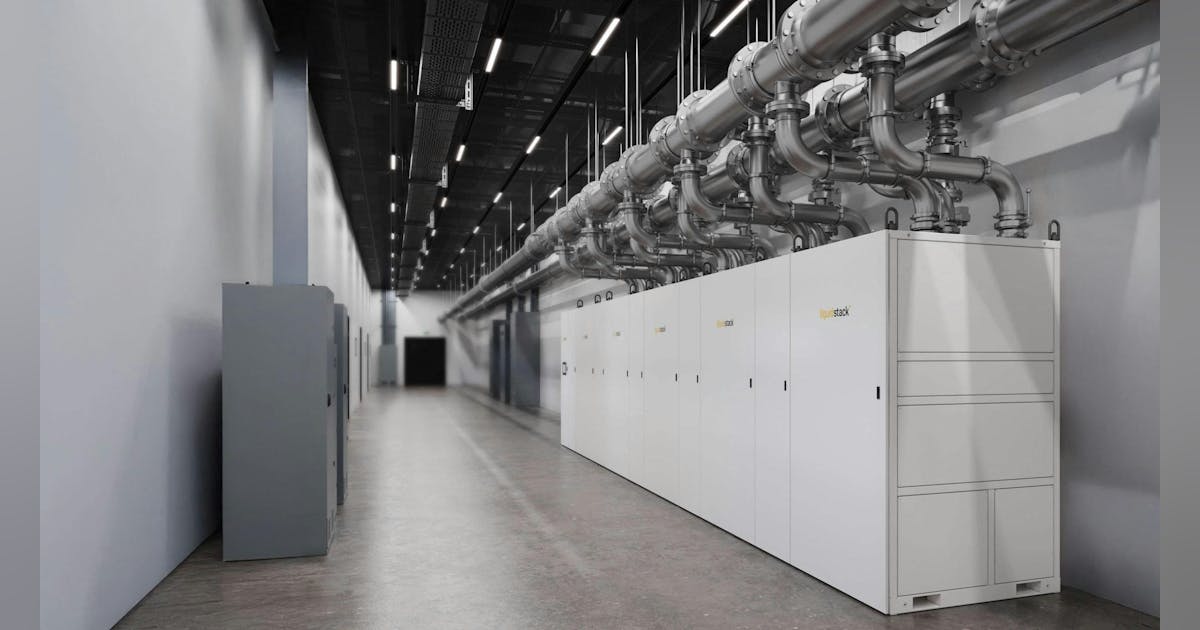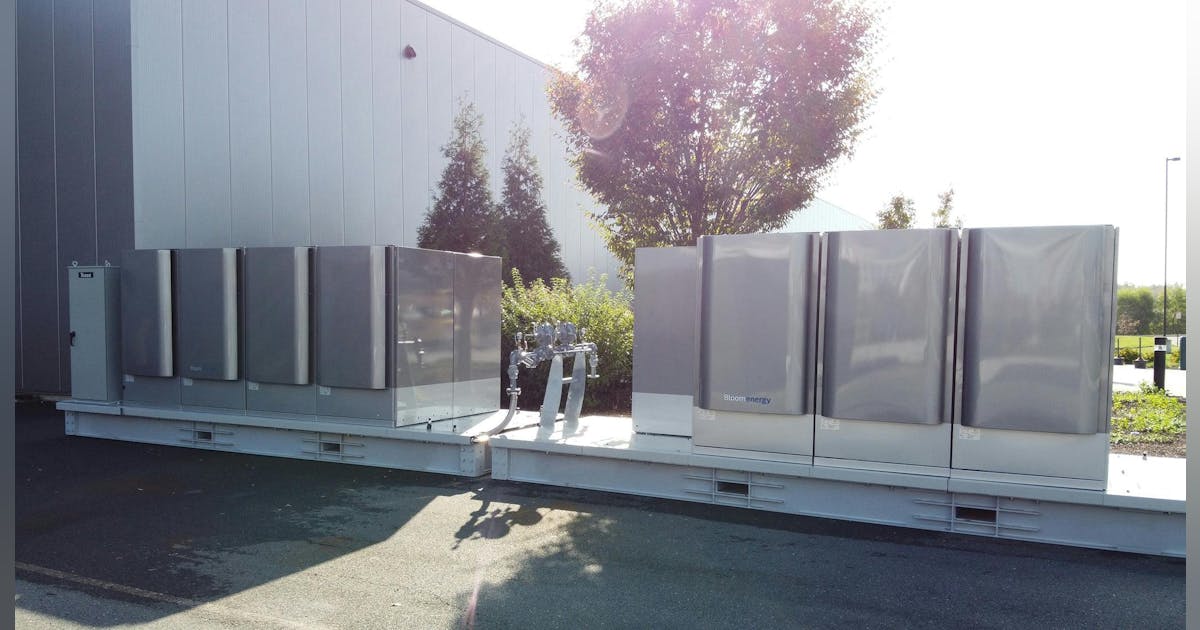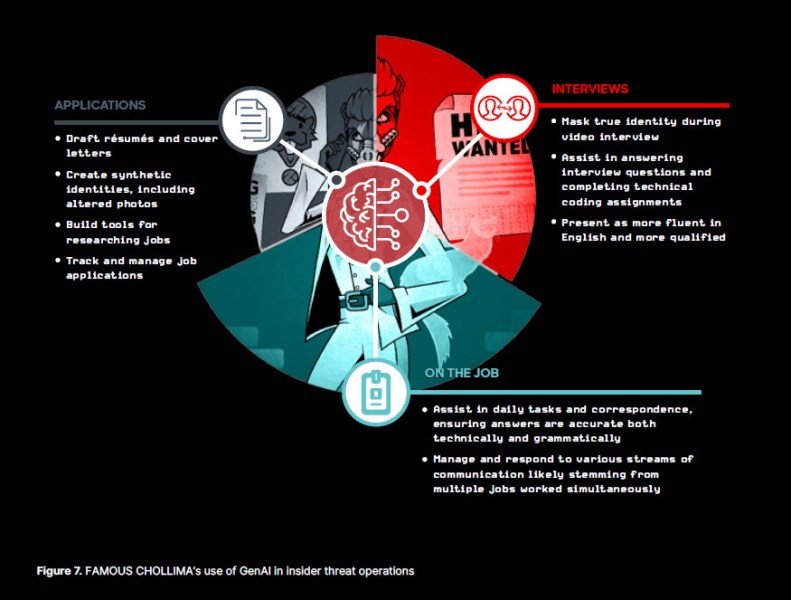
Fort Worth, Texas-based Presidio Investment Holdings LLC is set to become a public company after entering into a definitive business combination agreement with EQV Ventures Acquisition Corp, a special purpose acquisition company sponsored by EQV Group.
The proposed business combination will result in Presidio being listed on the New York Stock Exchange under the ticker “FTW,” the company said in a news release.
The combined company is expected to have an estimated post-transaction enterprise value of approximately $660 million, including assets acquired under the transaction, according to the release.
The combined company will be named Presidio Production Company and will be led by Presidio’s existing management team, including Will Ulrich and Chris Hammack as co-CEOs. As part of the transaction, Presidio will also acquire a complementary Texas Panhandle asset from EQV Resources LLC, an affiliate of EQV. EQV’s sponsor will maintain a significant ownership stake in Presidio post-closing, the release said.
Presidio said it expects to have over 2,000 operated producing wells across Texas, Oklahoma, and Kansas with expected net production of 26,000 barrels of oil equivalent (boepd) in 2025.
To finance the transaction, EQV has entered into agreements for approximately $85 million in common stock Private Investment in Public Equity (PIPE) investments. The common stock PIPE is anchored by strategic and institutional investors, including an undisclosed major oil and gas company, according to the release.
Further, management and funds managed by Morgan Stanley Energy Partners will provide approximately $65 million of rollover equity, the release said.
Presidio said it intends to acquire and optimize additional producing oil and gas wells and then optimize the acquisitions through the application of technology, which includes automation, real-time data analytics and the introduction of artificial intelligence processes.
The company said it also expects to initiate an annual common dividend of $1.35 per share after closing.
“Presidio was purpose-built to be the last, best steward of America’s oil and gas wells,” Will Ulrich, co-founder and co-CEO of Presidio, said. “This transaction provides a permanent platform to scale our yield-focused model, pursue highly accretive acquisitions, and generate value for shareholders”.
“America’s oilfield needs capital-disciplined operators focused on deploying new technology to create long-term value,” Ulrich added. “We have the expertise, track record and capital discipline to squeeze efficiency from every molecule and barrel, delivering superior returns”.
“Presidio represents the next evolution of the public oil and gas company — efficient, predictable, and yield-driven within a simple and transparent business model,” Chris Hammack, co-founder and co-CEO of Presidio said. “We believe our track-record of acquisitions and meaningful cost optimization make us the strongest near-term consolidator of mature assets.”
Jerry Silvey, founder and CEO of EQV, said, “This transaction with Presidio aligns with our vision to bring a world-class dividend yield focused producing energy company to the public markets. The structure of the transaction and meaningful commitments from investors will be critical to support the tested and experienced management team at Presidio. With our complementary expertise and shared vision, we are confident that Presidio will be a sustainable yield leader, well-positioned to be a preferred consolidator of producing oil and gas assets”.
To contact the author, email [email protected]
What do you think? We’d love to hear from you, join the conversation on the
Rigzone Energy Network.
The Rigzone Energy Network is a new social experience created for you and all energy professionals to Speak Up about our industry, share knowledge, connect with peers and industry insiders and engage in a professional community that will empower your career in energy.
MORE FROM THIS AUTHOR











